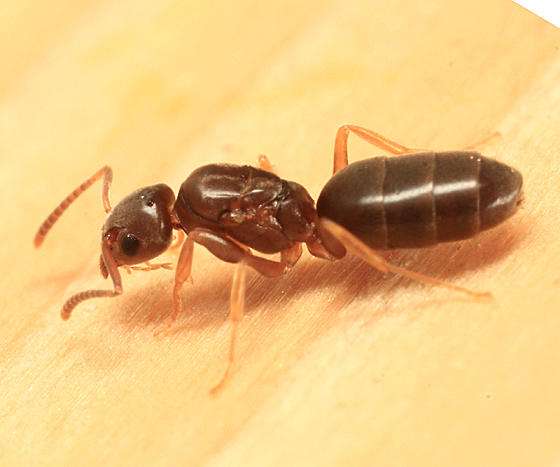
The ant genus Leptogenys belongs to the Ponerinae subfamily. Leptogenys is the most varied genus of ponerine ants in the world, with over 260 currently known species. It is found widely throughout tropical and subtropical areas. Many species have falcate, bowed mandibles and specialize in eating isopods, while the majority of species have ergatoid queens.
Workers who move quickly, many species forage at night. Nests are often built in the earth, rotting wood, leaf litter, or on occasion in living things.
Diet
Arthropods dominate the diet. Any species are specialized predators on oniscoid isopods and build small colonies (less than 50 workers), though there have also been reports of them eating termites or earwigs.
Identification
Due to a number of noteworthy traits that, when compared to those of other ponerines, qualify as apomorphies, the apparent monophyly of Leptogenys is no longer contested. The existence of a basal protarsal comb, which is common in most Ponerini but absent in Leptogenys, might help distinguish this genus from other Ponerini in addition to the customary pectinate claws and carinate median clypeal lobe. While the anterior tentorial pit in Leptogenys is far apart from the antennal sclerite, it is near to it in Pachycondyla impressa. Comparable to Leptogenys, Myopias has a tentorial pit in a similar place, and both species have a basal mandibular sulcus and a median clypeal lobe. When compared to Leptogenys, the clypeal lobe of Myopias is typically subquadrate to rectangular, thicker, and completely opaque.

Distribution
Leptogenys is widespread and rich in species in the tropical and, to a lesser degree, subtropical parts of the planet. Several L. maxillosa species group members are extensively dispersed tramp species.
Nesting Habits
The nests can be found under bark, inside cavities in logs or huge branches, or in decaying wood on the ground. Rock fissures, the wood-soil and rock-soil interfaces, as well as a few species that can lay their eggs directly in the soil, such as Leptogenys famelica, are also employed for nesting. Some species, like the pantropical tramp Leptogenys maxillosa, which has been discovered breeding in cracks and fissures of structures in urban regions of Brazil, may be suited to disturbed settings.
Table





